Dollar-Cost Averaging vs. Lump Sum Investing: Which Builds Wealth Faster?
Imagine you’ve just received a $100,000 windfall — maybe from a lottery ticket, a big bonus, or even a long-lost relative. You know you want to invest it, but you’re faced with a question: should you put it all into the market right away, or spread it out gradually over the next year?
This is the classic debate between lump sum investing and dollar-cost averaging, often shortened to DCA. Both strategies can grow wealth, but they work in different ways. And while the math is important, the decision often comes down to psychology and personal comfort.
The Case for Lump Sum
Lump sum investing is simple: you put all the money to work at once. The logic is straightforward — because markets rise more often than they fall, the earlier your money is invested, the more time it has to compound.
Research supports this. Vanguard examined more than four decades of market history across the U.S., U.K., and Australia and found that lump sum investing outperformed DCA about two-thirds of the time. On average, the difference was around 2%–3% over a 10-year horizon. That may sound modest, but compounding turns those extra percentage points into significant dollars over the long term.
To put it in perspective, if you invested $100,000 in the S&P 500 at the start of 2010 and held it through the end of 2019, you’d have ended with about $356,600. If instead you spread the same $100,000 evenly across the 12 months of 2010, you would have finished with about $334,700. That’s nearly $22,000 less, simply because the money wasn’t invested as early.
The Emotional Appeal of DCA
If lump sum has the edge most of the time, why doesn’t everyone do it? Because investing isn’t purely rational — it’s emotional.
Imagine putting $100,000 into the market in February 2020, right before COVID-19 sent stocks tumbling by 30 percent. Even though markets recovered quickly, watching your balance fall to $70,000 in a matter of weeks would test anyone’s nerves. That fear can lead to hesitation, second-guessing, or even abandoning your plan altogether.
DCA helps soften that blow. By spreading your investment over time, you reduce the risk of putting everything in at the wrong moment. You buy shares at different price points, which feels safer and often helps investors stay committed. For many, that peace of mind is worth more than the extra returns they might give up by not investing everything upfront.
When Each Strategy Makes Sense
Lump sum investing often makes the most sense if you already have a strong financial foundation: an emergency fund, no high-interest debt, and a long time horizon. If you can stomach temporary short-term swings and know you won’t need the money soon, investing it all at once is usually the better choice.
Dollar-cost averaging, on the other hand, may be better if you’re new to investing, feel anxious about volatility, or are working with a sum of money that’s large relative to your overall net worth. Spreading the investment out can make the process feel more manageable and reduce the emotional stress of “what if I picked the worst day?”
There’s also a middle ground. Some people invest part of their money immediately and spread out the rest over several months. This hybrid approach gives you exposure to compounding right away while softening the emotional impact if markets dip soon after you invest.
The Bottom Line
The real question isn’t which method is mathematically perfect — it’s which one you’ll stick with. If you’re under 40, the most important factor is time in the market. Whether you invest in a lump sum or gradually, the key is that your money gets invested and stays invested. Both strategies can build wealth, but the best one is the one that keeps you confident and consistent over the long run.
So if you find yourself with extra cash, don’t let fear of choosing wrong keep you on the sidelines. The biggest mistake isn’t in picking lump sum or DCA — it’s in doing nothing at all while you wait for the perfect moment.
If you’re unsure which approach makes the most sense for your situation, professional guidance can help. At Carver Financial, we work with clients to balance both the math and the emotions of investing, building plans that you can feel confident sticking with. Reach out to your advisor at Carver Financial to talk through what’s right for you.
Every investor’s situation is unique and you should consider your investment goals, risk tolerance and time horizon before making any investment. Prior to making an investment decision, please consult with your financial advisor about your individual situation.
The foregoing information has been obtained from sources considered to be reliable, but we do not guarantee that it is accurate or complete, it is not a statement of all available data necessary for making an investment decision, and it does not constitute a recommendation. Any opinions are those of Ryan Bennett, CFP® and not necessarily those of Raymond James.

 Millennial Money Guide
Millennial Money Guide












